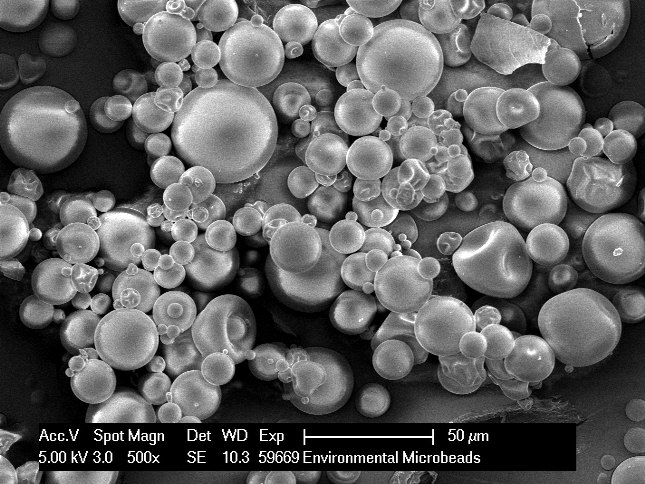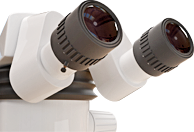Microplastics Analysis and Identification
 Microplastics have become a concern in the environment as a polutant and a risk in the food chain. Microplastic analysis and characterisation using a range of LPD Lab Services analytical techniques including FTIR microscopy, SEM/EDX and pyrolysis GC-MS. These allow identification of the type plastic or polymer blend including determination of polypropylene PP, polyethylene PE, polystyrene PS, polyethylene tetraphalate PET or polyvinylchloride PVC.
Microplastics have become a concern in the environment as a polutant and a risk in the food chain. Microplastic analysis and characterisation using a range of LPD Lab Services analytical techniques including FTIR microscopy, SEM/EDX and pyrolysis GC-MS. These allow identification of the type plastic or polymer blend including determination of polypropylene PP, polyethylene PE, polystyrene PS, polyethylene tetraphalate PET or polyvinylchloride PVC.
Microplastic analysis applications work include:
- Detection and elimination of microplastics from manufacturing processes of woven fibre or paper production.
- Identification of shredded plastic particles and microplastics in bottled drinking water.
- Extraction and analysis of leachable organic chemicals in in water to mimic what might polute the environment by FTIR and pyrolysis GC-MS.
- Microplastic particle size and particle shape measured by SEM.
- Microplastic particles analysed down to 1.5micrometres by FTIR microscopy.
- Determination of general polymer type by FTIR and pyrolysis GC-MS.
- Polymer blend determination by pyrolysis GC-MS.
- Check for plastic contamination in recycled material by pyrolysis GC-MS.
- Reduction or elmination of microplastics in material products or cosmetics for marketing advantages over competitor products or at the end user.
- Dispell or prove what microplastics and particles are found in materials and products within the food chain.
- In bioplastics determine what physical microplastic particles and chemical residues remain by SEM/EDX and Pyrolysis GC-MS.
- Measurement of microplastic particle size from nanometres, through microns to millimetres by optical microscopy and SEM.
- Debris, particles, fibres and contaminant analysis in food and beverages.

